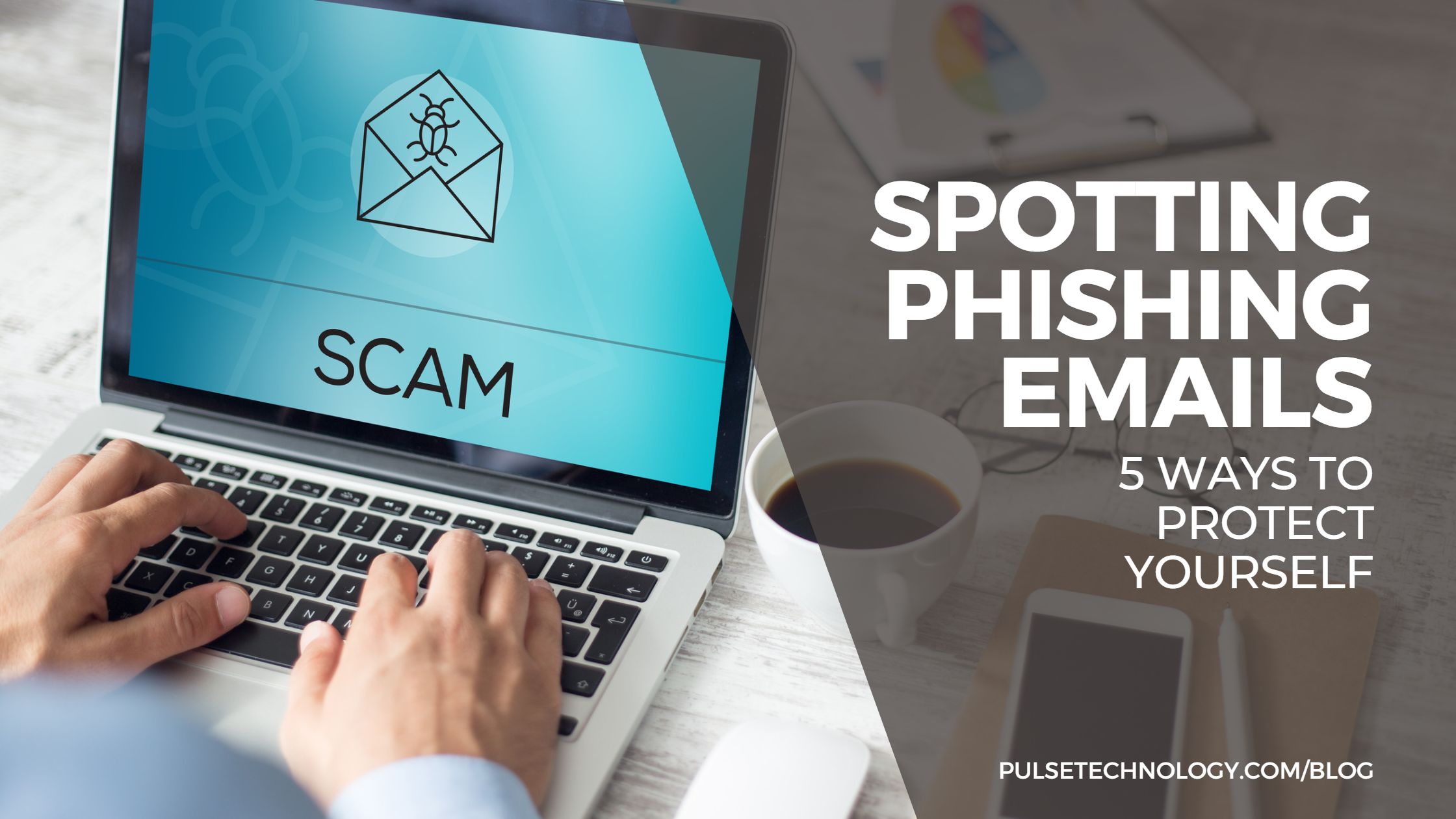What’s That Password?
In our last blog, we wrote about the importance of proper and comprehensive training for employees working remotely, when it comes to IT and their infrastructure. We will dedicate several blogs to specific tips to help safeguard your information. These blogs aren’t intended as a substitute for a formal and dedicated training program, but they will provide you with some very helpful tips. And if you want to learn more, please contact us anytime at info@pulsetechnology.com for more information!
Here’s a critical step for every employer and employee – and necessary regardless of whether the work station is on-site or remote. Change passwords frequently!
There are different views as to how much protection changing all of your passwords every 30 or 60 days affords, but your computer stores and provides access to a significant amount of sensitive, important data. We all agree that protecting this data is important. Frequent changing of passwords may provide some level of protection from cyber intruders and even the occasional overly-curious co-worker.
Think of all the different places where people use passwords: credit card accounts, email accounts, bank accounts, company secure sites, and more – even online subscriptions to newsletters or newspapers. Altering passwords makes it more difficult, we believe, for cyber criminals to access information, whether it’s bank accounts, credit cards, or even sensitive employee or client information.
The same is true for social media sites: Facebook, Instagram, Twitter, and LinkedIn. For whatever small inconvenience you may feel at having to go through this exercise, think of how much more inconvenient it is to send out an “I’ve been hacked” message to every contact you have.
And in particular for the employee working remotely who may be using his/her laptop or smartphone to check emails, changing passwords frequently is a good line of defense against unwanted intrusions.
Here are a couple of “do’s” and “don’ts” when it comes to passwords:
- DO change them every 30 or 45 days.
- DON’T use simple, easy to decipher passwords such as “password,” or “123456.”
- DO include symbols, upper and lower case letters and numbers, to make them more difficult to “crack.”
- DON’T use the same password for all your devices.
- DO use secondary verification wherever it is available. For example, a text to your cell phone or answering a security question.
- DON’T share your passwords with anyone you don’t completely trust.
- DO keep a list of your passwords in a safe place – preferably not on your computer. And DON’T list the account numbers with the passwords. You should use just enough information to prompt you to remember what the password is if you forget.
Stay tuned for other suggestions. In the meantime, if you have any questions or would like to talk with us about training, please email us info@pulsetechnology.com.



